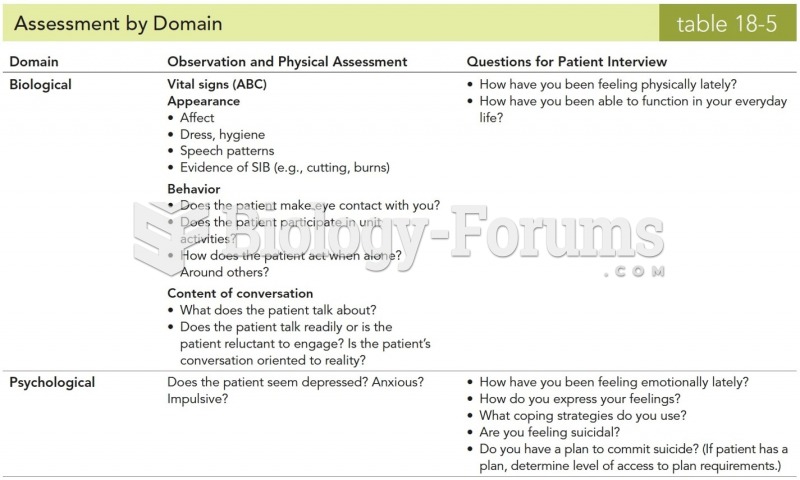This topic contains a solution. Click here to go to the answer
|
|
|
Did you know?
The newest statin drug, rosuvastatin, has been called a superstatin because it appears to reduce LDL cholesterol to a greater degree than the other approved statin drugs.
Did you know?
Green tea is able to stop the scent of garlic or onion from causing bad breath.
Did you know?
Lower drug doses for elderly patients should be used first, with titrations of the dose as tolerated to prevent unwanted drug-related pharmacodynamic effects.
Did you know?
There are 60,000 miles of blood vessels in every adult human.
Did you know?
The first documented use of surgical anesthesia in the United States was in Connecticut in 1844.







